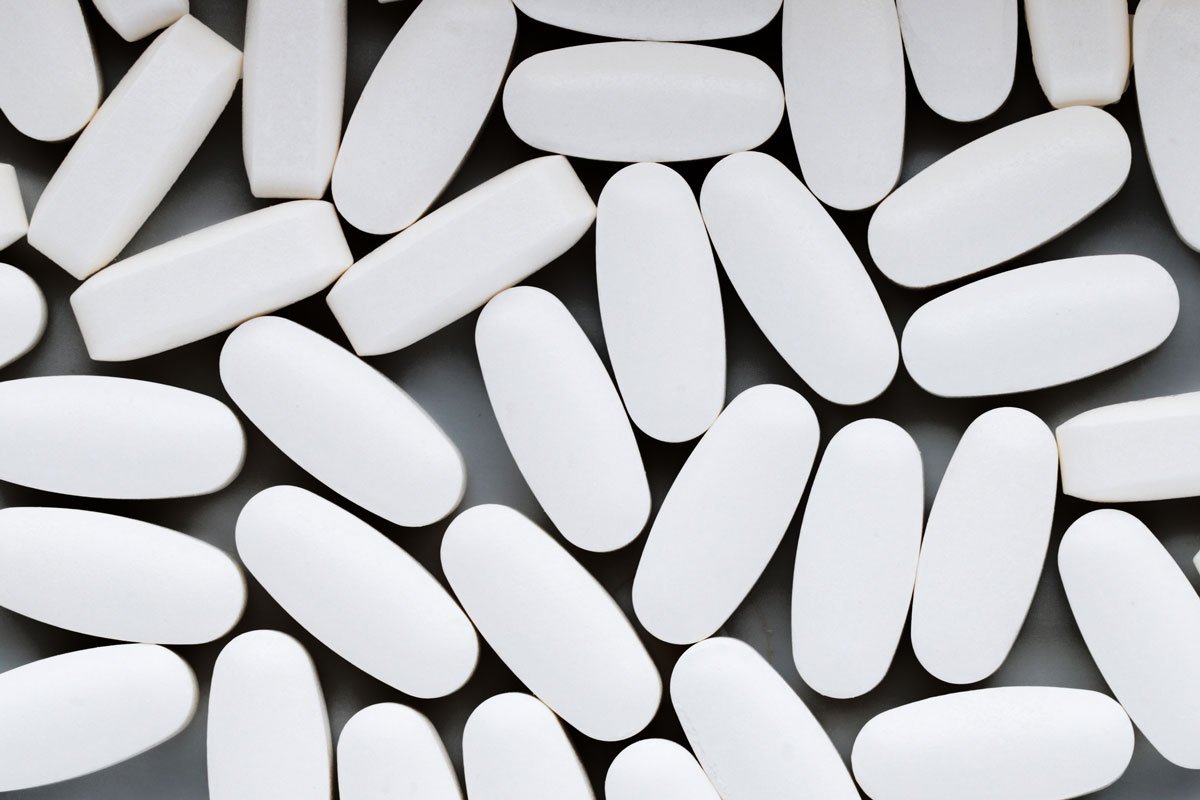Naltrexone

Last published: December 07, 2023
What is naltrexone?
Naltrexone is a prescription drug. It belongs to a group of drugs known as opioid antagonists. These block the effects of heroin and other opioid drugs.1
Naltrexone is used in pharmacotherapy, which involves a drug of dependence being replaced with a legally prescribed substitute drug. Pharmacotherapy helps to stabilise people’s lives and reduce the harms related to drug use.2
Naltrexone may be used: · to help people who have withdrawn (detoxified) from opioids such as heroin to stay off those drugs through awareness that its effects will stop them achieving a ‘high’,1 or
- as an experimental treatment during rapid withdrawal from opioids3 Naltrexone can also be prescribed to people with alcohol dependence.1
How is it used?
Naltrexone is taken as a tablet. The length of the course will depend on each person’s needs and situation.
It can also be administered via an implant. Treatment with naltrexone implants is allowed in Australia under the TGA Special access scheme.
To be eligible for the treatment for opioid dependence, a person must:
- be free of heroin and other opioids for 7–10 days (or 10 days for methadone) before starting naltrexone maintenance treatment; otherwise they may experience acute, instant withdrawal. People who intend to start naltrexone maintenance treatment can expect to be tested to confirm that they are clear of opioid drugs. An example of such a test is the Naloxone Challenge Test (NCT), in which naloxone is administered to determine a person’s current level of physical dependence on opioids.3
- have no existing liver conditions, such as acute hepatitis.
- seek advice if they are pregnant or breastfeeding as naltrexone may not be safe for use during pregnancy.4
Alcohol and naltrexone
Naltrexone can be prescribed to people with alcohol dependence. It can:
- reduce the craving for alcohol
- reduce the quantity of alcohol consumed
- reduce the ‘reward’ effects of alcohol use
- help people remain abstinent from alcohol
- reduce the tendency to want to drink more5
If a person consumes alcohol while using naltrexone, they will still experience the effects of alcohol, so their judgement, coordination and ability to perform tasks such as driving and operating machinery will still be affected.5
Regular blood tests to monitor liver function both before and during naltrexone treatment are recommended.1
How effective is it?
Naltrexone may not work for everyone, so it’s important to consult a doctor or alcohol and other drug (AOD) counsellor to find the best approach.
Naltrexone treatment is more likely to be successful if it’s part of a comprehensive treatment program that includes counselling, alternative therapies and a positive network of peers and friends, and a support group.6
Some studies suggest that many people don’t remain on naltrexone and return to heroin use. A strong commitment to remaining heroin free is recommended before commencing treatment.
When used to treat alcohol dependence, naltrexone may be more effective for preventing relapse to heavy or problem drinking and reducing high levels of alcohol consumption rather than maintaining abstinence from alcohol.7
Effects of naltrexone
There is no safe level of drug use. Use of any drug always carries some risk – even medications can produce unwanted side effects. It’s important to be careful when taking any type of drug.
Naltrexone affects everyone differently, based on:
- The amount taken
- Size, weight and health of the person taking it
- Whether the person is used to taking it
- Whether other drugs are taken around the same time
Side effects
Naltrexone has few side effects, and these usually go away after the medication is taken for a few days.
The reported side effects include:
- sleep problems
- tiredness
- anxiety
- headache
- joint and muscle pains
- abdominal pain and cramps
- nausea, vomiting8
Less common side effects include:
- feeling energetic
- loss of appetite
- thirst
- diarrhoea, constipation
- depression and irritability
- dizziness
- skin rashes
- decreased potency, delayed ejaculation
- chills1
Naltrexone may affect mental alertness and/or coordination. If affected, do not drive a motor vehicle or operate machinery.4
Dose-related effects
Large doses of naltrexone may cause liver damage. Seek medical advice immediately if any of the following symptoms are experienced:
- excessive tiredness
- unusual bruising or bleeding
- loss of appetite
- pain in the upper right area of the abdomen that lasts more than a few days
- light-coloured bowel movements
- dark urine
- yellowing of skin or whites of the eyes1
Risk of heroin overdose
Naltrexone lowers a person’s tolerance to heroin. This means that there is a serious risk of overdose if they use heroin after a missed dose of naltrexone or after treatment has finished.4
People who plan to use heroin after being on naltrexone should consider themselves ‘new’ users. Call an ambulance straight away by dialling triple zero (000) if you believe someone has overdosed on heroin. Ambulance officers don’t need to involve the police.
Using naltrexone with other drugs
The effects of taking naltrexone with other drugs – including over-the-counter or prescribed medications – can be unpredictable and dangerous. In particular:
Naltrexone + opioid painkillers: the naltrexone will stop opioid painkillers from working.1
In cases where a person on opioid painkillers is likely to be given naltrexone (or vice versa), medical staff need to be informed so that a different kind of painkiller can be prescribed.9
Supporting someone who is on a naltrexone program
People who are taking naltrexone will need both emotional and practical support.
If you’re supporting someone undergoing treatment, decide together exactly what the support will entail. This might include whether they will inform a doctor if problems arise.
It could also include:
- being committed to supervising the naltrexone dose for the duration of the treatment
- knowing what to do in the event of an overdose
- going with friends/family members to appointments (such as those with doctors or counsellors)
- encouraging the person to develop their friendship and support networks and to get involved in positive, healthy activities (such as taking a class, joining a support group or being active)
- attending couples or family counselling, if appropriate5
This is a challenging role, so people offering support will need to take special care of themselves and, if needed, arrange their own support networks.
Withdrawal
People can stop taking naltrexone at any time. They will not experience withdrawal symptoms.
Getting help
If your use of alcohol or other drugs is affecting your health, family, relationships, work, school, financial or other life situations, or you’re concerned about a loved one, you can find help and support.
Call the National Alcohol and Other Drug Hotline on 1800 250 015 for free and confidential advice, information and counselling about alcohol and other drugs
Help and Support Services search
Find a service in your local area from our list. Simply add your location or postcode and filter by service type to quickly discover help near you.
If you're looking for other information or support options, send us an email at druginfo@adf.org.au
Path2Help
Not sure what you are looking for? Try our intuitive Path2Help tool and be matched with support information and services tailored to you.
Find out more
- Substance Abuse and Mental Health Services Administration. Naltrexone 2020 [06.10.2021].
- Miranda R Treloar C Padovano H Gray J Wemm S Blanchard A. Real-Time Assessment of Alcohol Craving and Naltrexone Treatment Responsiveness in a Randomized Clinical Trial. Addictive Behaviours. 2018;83:72-8.
- NSW Health. Rapid Opioid Detoxification - Guidelines2011 06.10.2020].
- NPS MedicineWise. Consumer medicine information APO-Naltrexone Tablets 2017 [06.10.2021].
- Australian Government Department of Health and Ageing. Guidelines for the Treatment of Alcohol Problems. 2009 [29.09.2020].
- Stone et al. Counselling guidelines: Alcohol and other drug issues. Government of Western Australia Mental Health Commission 2019.
- Crowley P. Long-term drug treatment of patients with alcohol dependence2015 06.10.2021].
- Brands B et al. Drugs & Drug Abuse. 3rd ed. Ontario: Addiction Research Foundation; 1998.
- Vickers A. Naltrexone and problems in pain management. British Medical Journal. 2006;332.